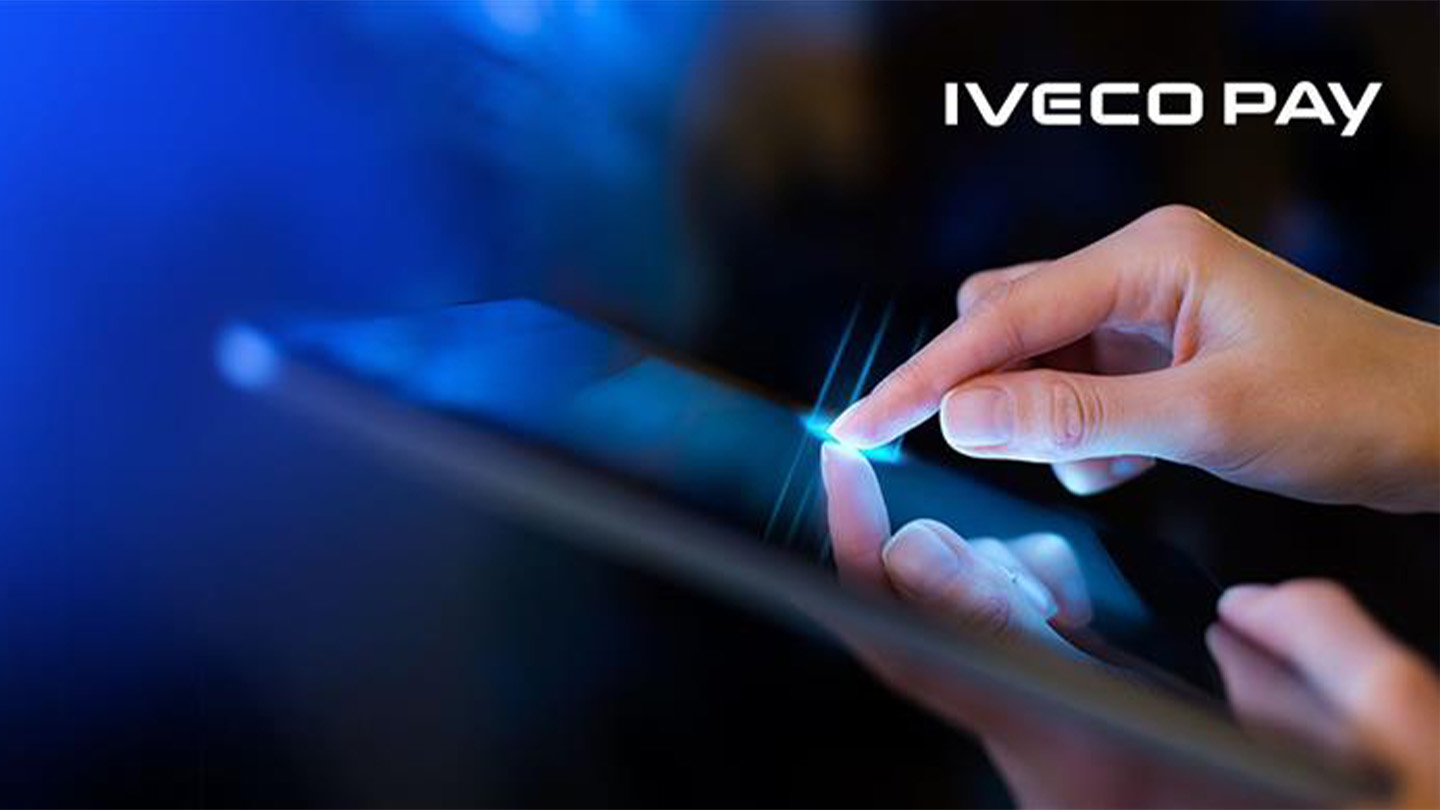
The COVID-19 pandemic has provided an unintended catalyst for companies to accelerate the digitalization of their businesses. While the widespread government restrictions on people movement across the globe have led to an overall decline in business activity globally, the same measures are prompting companies to look toward virtual solutions for growth or to maintain business continuity.
According to a survey conducted during the J.P. Morgan E-Commerce Forum in July, more than two-thirds of the 200 corporate clients who attended the virtual event signaled that the pandemic has meaningfully shifted their business structure, with digitalization becoming a strategic goal. Meanwhile, 40 percent indicated that they would be investing and growing their digital platforms over the next 12 months.
"We are seeing a convergence of the pay-in and pay-out, where E-Commerce players want a solution that can manage both. J.P. Morgan is the only global bank that has businesses that do both."
Max Neukirchen
Head of Payments & Commerce Solutions, J.P. Morgan
In the initial phase of the crisis, many corporates and their ecosystems of customers and suppliers have had to quickly pivot digitally and to adapt to the situation, said J.P. Morgan’s Lia Cao.
Key trends shaping the payments industry
The move towards digitalization is consistent with the payment behaviors observed at J.P. Morgan, which processes an average $7 trillion in payments daily and $1.5 trillion in merchant services payments a year. Max Neukirchen, CEO of Merchant Services at J.P. Morgan, says there are three key trends occurring in the payment industry in recent years.
First, there has been rise in e-commerce marketplaces and B2B2C businesses being established as more merchants move their business online. For J.P. Morgan, this means the client is no longer just the merchant but also the tens of thousands of sub-merchants and small companies that operate on these marketplaces. As such, the bank is not only investing in building digitally-native solutions but also servicing platforms built for large number of participants.
A second key trend is the increasing integration of payment methods. Typically, a transaction involves a non-bank merchant acquirer that handles the pay-in – when a customer pays for a good on the platform – while a bank handles the pay-out for the payment to the seller on the other side.
The bank has also developed in recent years e-wallets to give our e-commerce clients the ability to provide to their users virtual bank accounts with perks to enhance loyalty, said Neukirchen.
Thirdly, it isn’t enough for banks to provide vanilla payment processing services; clients are also demanding value-added services. “J.P. Morgan continues to be heavily invested in building out the data analytics capabilities to also ensure to offer the full suite of services that our clients want around payments,” said Neukirchen.
Cao believes that the key watch words for treasury and payments professionals have been agility and resilience in the face of an uncertain and fast-evolving situation. This in turn has sharpened focus on managing liquidity, safeguarding business continuity, enhancing cybersecurity and optimizing working capital in the face of business disruption.
J.P. Morgan invests US$12 billion annually in technology1
As businesses look to upgrade their payments platforms, leveraging technology is critical. Technologies like cloud, API and AI are no longer considered new instead becoming a staple for organizations in their payments infrastructure today.
"Blockchain is increasingly important in the payments area and also in the movement of assets and securities. We do have the biggest blockchain engineering and product team in banking and we plan to continue to lead in this area."
Umar Farooq
Head of Digital and Wholesale Payments and Head of Blockchain at J.P. Morgan
“Whether it’s cloud or APIs or AIs, we have passed the point where we question whether these technologies are right or wrong for us. These are now basic requirements, especially in the e-commerce space,” said Umar Farooq, Head of Digital and Wholesale Payments and Head of Blockchain at J.P. Morgan.
“At J.P. Morgan, we spend about US$12 billion in technology annually and within that, several hundred million dollars a year on these new technologies to build next generation platforms for our clients. We have about 50,000 technology professionals at the bank, which is bigger than most technology companies in the world. Ultimately, when it comes to wholesale payments we want to be able to take money from anywhere and get it anywhere else, across all major geographies, 24/7 and through all types of payment channels,” he added.
An area where J.P. Morgan continues to play a leading role is in the blockchain space. The bank is launching JPM Coin, which uses blockchain technology to represent deposits held with J.P. Morgan, and in recent years, has launched the Interbank Information Network® (IIN), a network based on distributed ledger designed to enable information exchange that addresses challenges throughout the payments transaction process. IIN has more than 400 banks registered to join – including more than 150 banks in Asia Pacific – and 100 that are live and participating in the network.
Asia leads in growth potential
Regarding opportunities on the payments front, Mark Fiteny, Head of New Economy for Asia Pacific and Global Head of Consumer Internet for Investment Banking at J.P. Morgan, says that Asia Pacific, in particular markets like China, India and Southeast Asia, will be a hot area for growth in the coming decades, thanks to much faster ‘adoption curves’.
"At J.P. Morgan, we spend a lot of time helping our global clients sort through the regional differences in digital economies."
Mark Fiteny
Head of New Economy for Asia Pacific and Global Head of Consumer Internet for Investment Banking at J.P. Morgan
“Many parts of Asia Pacific are experiencing much faster adoption curves because of a lack of legacy infrastructure. For example in payments, where consumers and merchants are rapidly evolving from cash directly to mobile payments and QR codes, and seeing less friction, more efficiency, better data generation and better digital products that come out of that data. Unlike the more developed economies, you don’t have the challenge of changing entrenched infrastructure and consumer behavior like giving up the use of credit cards, which remains a ‘good-enough’ mode of payment,” said Fiteny.
Another trend that Asia Pacific is taking a lead on in the payments space is the growth of the super apps. “In the West, you typically use different apps to search for a product, versus buy that product, versus chat with your friends, versus watch a movie, and the list goes on. In the Asia Pacific, these behaviors often get converged into more seamless ecosystems,” said Fiteny.
"As we recover and look forward to the future, companies are thinking about how to emerge stronger and build on the digital momentum from the crisis."

Lia Cao
Global Co-Head of Corporate and E-commerce Sales & Solutions
To learn more, please contact your J.P. Morgan representative.
This material was prepared exclusively for the benefit and internal use of the JPMorgan client to whom it is directly addressed (including such client’s subsidiaries, the “Company”) in order to assist the Company in evaluating a possible transaction(s) and does not carry any right of disclosure to any other party. In preparing this material, we have relied upon and assumed, without independent verification, the accuracy and completeness of all information available from public sources or which was provided to us by or on behalf of the Company or which was otherwise reviewed by us. This material is for discussion purposes only and is incomplete without reference to the other briefings provided by JPMorgan. Neither this material nor any of its contents may be disclosed or used for any other purpose without the prior written consent of JPMorgan.
J.P. Morgan, JPMorgan, JPMorgan Chase and Chase are marketing names for certain businesses of JPMorgan Chase & Co. and its subsidiaries worldwide (collectively, “JPMC”). Products or services may be marketed and/or provided by commercial banks such as JPMorgan Chase Bank, N.A., securities or other non-banking affiliates or other JPMC entities. JPMC contact persons may be employees or officers of any of the foregoing entities and the terms “J.P. Morgan”, “JPMorgan”, “JPMorgan Chase” and “Chase” if and as used herein include as applicable all such employees or officers and/or entities irrespective of marketing name(s) used. Nothing in this material is a solicitation by JPMC of any product or service which would be unlawful under applicable laws or regulations.
Investments or strategies discussed herein may not be suitable for all investors. Neither JPMorgan nor any of its directors, officers, employees or agents shall incur in any responsibility or liability whatsoever to the Company or any other party with respect to the contents of any matters referred herein, or discussed as a result of, this material. This material is not intended to provide, and should not be relied on for, accounting, legal or tax advice or investment recommendations. Please consult your own tax, legal, accounting or investment advisor concerning such matters.
Not all products and services are available in all geographic areas. Eligibility for particular products and services is subject to final determination by JPMC and or its affiliates/subsidiaries. This material does not constitute a commitment by any JPMC entity to extend or arrange credit or to provide any other products or services and JPMorgan reserves the right to withdraw at any time. All services are subject to applicable laws, regulations, and applicable approvals and notifications. The Company should examine the specific restrictions and limitations under the laws of its own jurisdiction that may be applicable to the Company due to its nature or to the products and services referred herein.
Notwithstanding anything to the contrary, the statements in this material are not intended to be legally binding. Any products, services, terms or other matters described herein (other than in respect of confidentiality) are subject to the terms of separate legally binding documentation and/or are subject to change without notice.
Changes to Interbank Offered Rates (IBORs) and other benchmark rates: Certain interest rate benchmarks are, or may in the future become, subject to ongoing international, national and other regulatory guidance, reform and proposals for reform. For more information, please consult: https://www.jpmorgan.com/global/disclosures/interbank_offered_rates.
JPMorgan Chase Bank, N.A. Member FDIC.
JPMorgan Chase Bank, N.A., organized under the laws of U.S.A. with limited liability.







